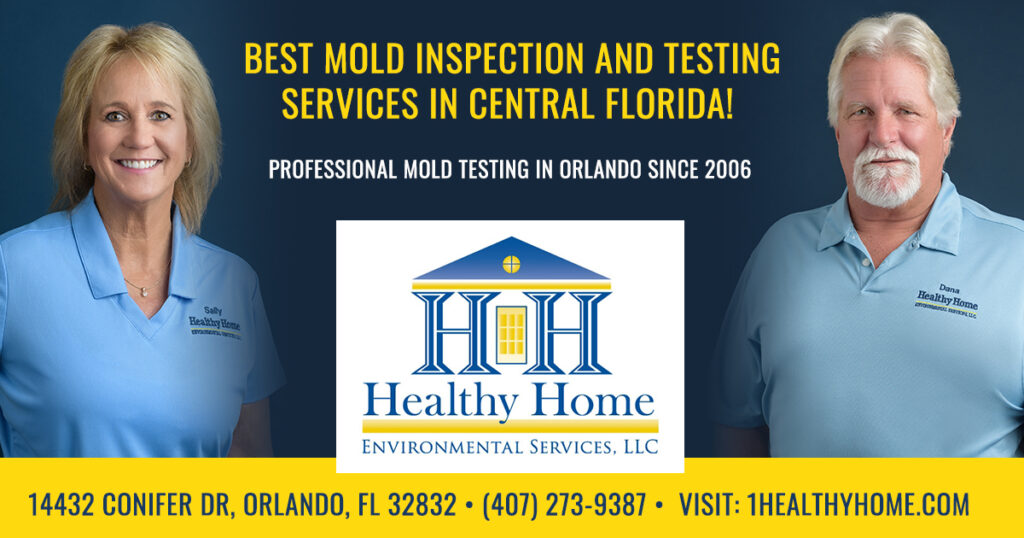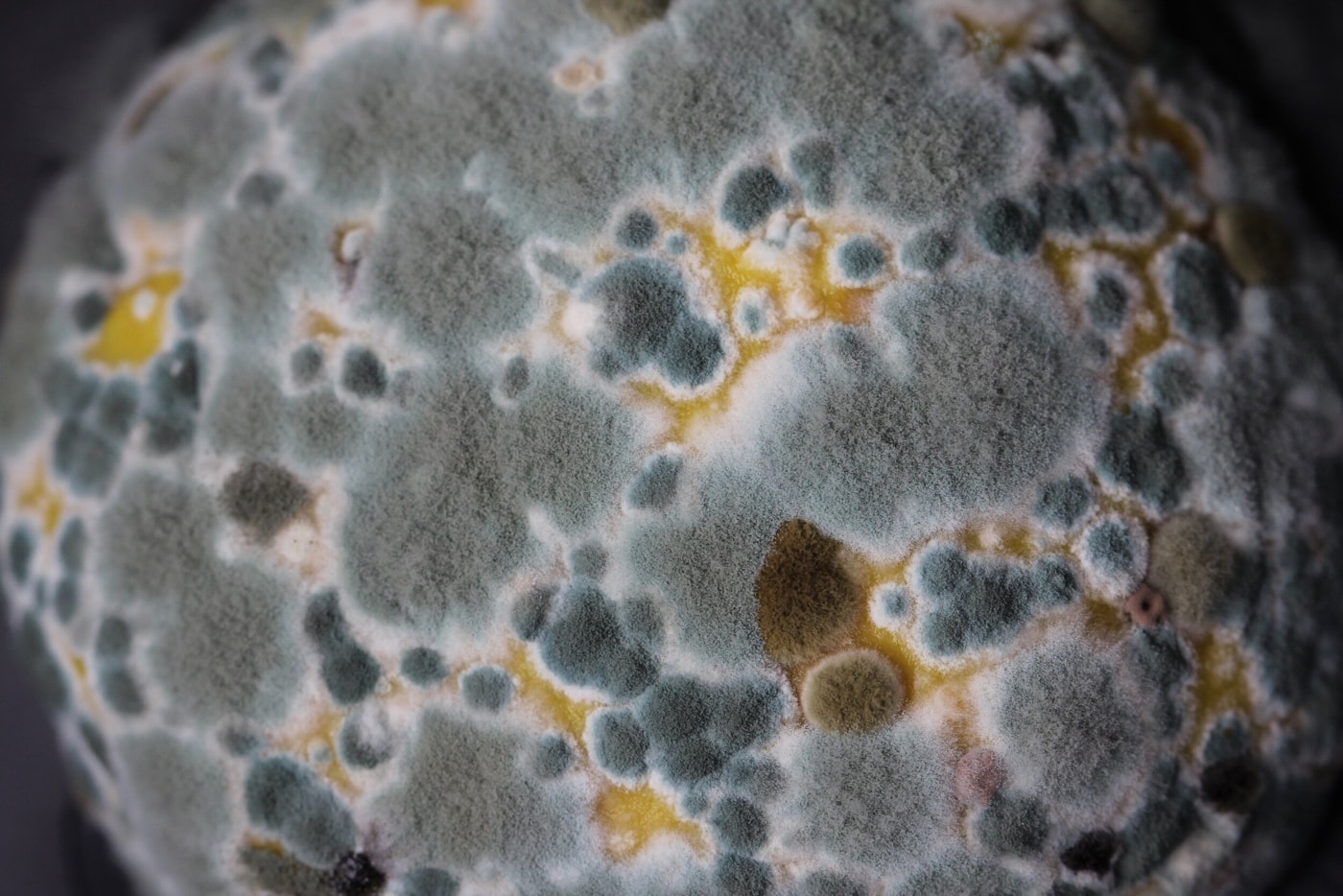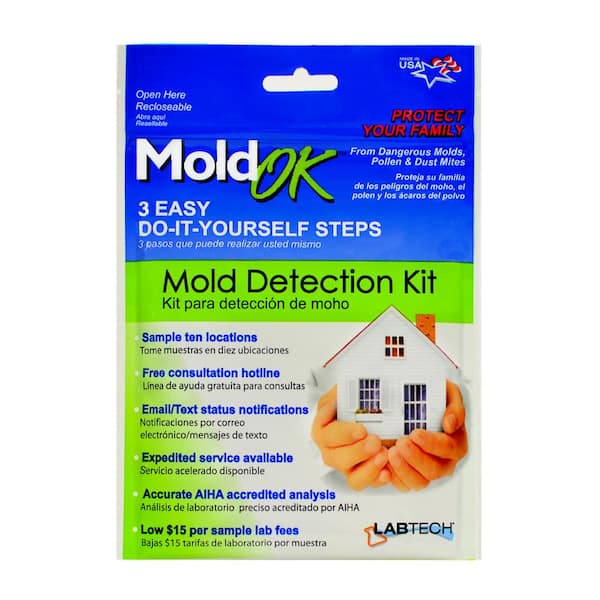Discover the Benefits of Specialist Mycotoxin testing Services Today
Discover the Benefits of Specialist Mycotoxin testing Services Today
Blog Article
Exactly How Mycotoxin Testing Helps Stop Contamination and Secure Food Materials

Mycotoxin screening is an essential method in the food market, serving as a frontline protection against contamination by harmful contaminants created by molds. With the application of sophisticated strategies like High-Performance Liquid Chromatography (HPLC) and Fluid Chromatography-Mass Spectrometry (LC-MS), food producers can accurately evaluate and find mycotoxin degrees in farming products.
Recognizing Mycotoxins
Comprehending mycotoxins starts with acknowledging that they are harmful second metabolites generated by specific molds, which can infect farming products. These metabolites are not important for the development or reproduction of the fungi but can have serious ramifications for human and animal wellness. Mycotoxins are commonly found in staple plants such as corn, wheat, barley, and nuts, where they can multiply under certain problems of wetness and temperature level.
There are several kinds of mycotoxins, each produced by various fungal species. Fusarium types produce trichothecenes and fumonisins, both of which are associated with numerous severe and persistent wellness concerns.

Threats of Mycotoxin Contamination
The threats of mycotoxin contamination are diverse, presenting considerable threats to both food safety and security and public health and wellness. Mycotoxins, poisonous substances created by certain kinds of fungi, can pollute a broad range of agricultural items consisting of grains, nuts, seasonings, dried out fruits, and coffee.
Economic influences are another major problem. Contaminated crops can result in considerable economic losses for farmers and food producers as a result of reduced returns and the demand for expensive purification procedures. Global trade can be substantially hindered as countries enforce strict mycotoxin regulations to secure their populaces, leading to turned down deliveries and stretched profession relationships.
Ecological variables such as environment modification intensify the risk of mycotoxin contamination. Variants in temperature and moisture can develop positive conditions for fungal growth, raising the chance of contamination events. Therefore, understanding and alleviating these risks are critical for guaranteeing the safety and security and stability of worldwide food materials.
Approaches of Mycotoxin Testing
Properly identifying mycotoxin contamination in farming products is essential for safeguarding public wellness and preserving food safety standards. Different methods are utilized to detect and measure mycotoxins, each offering certain benefits and limitations.
High-Performance Fluid Chromatography (HPLC) is an extensively made use of method because of its high sensitivity and precision. It includes dividing mycotoxins from various other substances in an example, allowing precise metrology. Fluid Chromatography-Mass Spectrometry (LC-MS) combines liquid chromatography with mass spectrometry to give in-depth molecular details, making it specifically helpful for determining several mycotoxins simultaneously.

Gas Chromatography-Mass Spectrometry (GC-MS) and Thin-Layer Chromatography (TENDER LOVING CARE) are additionally utilized, each with one-of-a-kind applications. GC-MS works for volatile mycotoxins, while TLC offers an easier, cost-efficient choice for preliminary testing.
Benefits of Routine Examining
Regular screening for mycotoxins in farming items supplies countless benefits, substantially adding to public health and food security. By recognizing contamination early, routine testing helps avoid the distribution home of poisonous foods, thereby decreasing the danger of mycotoxin-related health problems amongst consumers. This proactive strategy not just safeguards human health yet likewise go to this web-site enhances the general quality of food products.
Constant testing likewise supports governing compliance. Various countries and areas have actually developed rigid limitations for mycotoxin levels in food and feed. Following these limitations via routine screening ensures that manufacturers and providers fulfill legal requirements, thus avoiding fines and trade barriers. In addition, keeping compliance promotes customer trust and brand name credibility, which are crucial for market success.
In addition, regular mycotoxin testing can cause substantial financial advantages. Early discovery of contamination allows for prompt treatment, decreasing possible losses from widespread contamination. Carrying out routine testing procedures can additionally decrease recall prices and relevant responsibilities, which can be monetarily ruining.
Furthermore, regular testing provides valuable data that can educate better agricultural practices and storage space problems. By understanding patterns of contamination, producers can embrace safety nets, thus minimizing future threats and adding to the sustainability of the food supply chain.
Carrying Out Checking Procedures
Applying efficient mycotoxin testing procedures is essential for ensuring the safety and security and quality of farming products. Each stage should be looked at to identify where mycotoxin contamination is most likely to take place.
When critical Check This Out control factors are identified, picking appropriate screening methods is necessary. Common strategies include enzyme-linked immunosorbent assay (ELISA), high-performance fluid chromatography (HPLC), and mass spectrometry (MS) Each method has its staminas and weaknesses; thus, selecting the correct one depends upon the details mycotoxin being evaluated, the called for sensitivity, and offered sources.

Lastly, incorporating the testing methods into a thorough food security administration system is a good idea. This improves traceability and allows speedy restorative activities when contamination is discovered, thereby securing the integrity of the food supply chain.
Final Thought
Mycotoxin testing is necessary in preventing contamination and securing food materials by allowing early discovery of dangerous toxic substances created by mold and mildews in agricultural items. Advanced approaches such as HPLC and LC-MS guarantee conformity with safety and security policies and secure customers from health dangers. Normal testing enhances brand online reputation, financial stability, and rely on food safety and security by minimizing contamination-related losses and preserving high standards in food manufacturing. Executing strenuous testing protocols is therefore important for the sector's general well-being.
Mycotoxin testing is an important technique in the food industry, offering as a frontline protection versus contamination by unsafe contaminants generated by mold and mildews. An integrated technique entailing agricultural practices, storage space monitoring, and normal testing can reduce the threats connected with mycotoxin contamination, making sure food security and public health.
The risks of mycotoxin contamination are complex, positioning considerable hazards to both food safety and security and public health.Regular testing for mycotoxins in agricultural products supplies many benefits, dramatically contributing to public health and food safety.Mycotoxin testing is crucial in preventing contamination and protecting food materials by allowing early detection of dangerous contaminants generated by molds in farming products.
Report this page